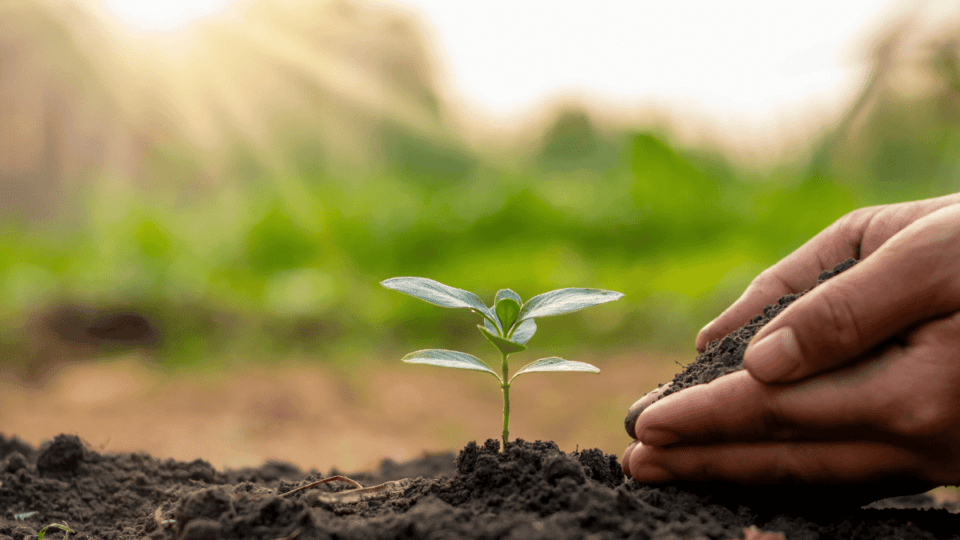Regarding landscaping and gardening in Millsboro, Delaware, choosing native plants is smart and sustainable. Native plants are adapted to the local climate, soil conditions, and wildlife, making them more resilient and easier to maintain. In this article, we’ll explore the top 10 native plants for Millsboro, Delaware, and provide valuable healthcare tips to help you create a beautiful and thriving landscape. For professional assistance with your tree care needs, contact Strobert Tree Services, Inc.
Red Maple (Acer rubrum):
The Red Maple is a stunning tree that adds vibrant color to the landscape with its red foliage in the fall. It is well-adapted to Delaware’s climate and soil conditions. This tree provides excellent shade and attracts a variety of birds and wildlife.
Black-eyed Susan (Rudbeckia hirta):
The Black-eyed Susan is a beloved native wildflower that blooms from summer to fall. Its bright yellow flowers with dark centers add color to any garden. These resilient flowers attract butterflies and other pollinators.
Eastern Red Cedar (Juniperus virginiana):
The Eastern Red Cedar is a versatile evergreen tree that thrives in Delaware. It provides year-round interest with its attractive blue-green foliage and serves as a great windbreak and privacy screen. This tree is also an important source of food and shelter for birds.
Butterfly Weed (Asclepias tuberosa):
Butterfly Weed is a native perennial with vibrant orange flowers. It is a favorite of butterflies, especially Monarchs, and plays a crucial role in their life cycle. Planting Butterfly Weeds helps support pollinators and adds beauty to your garden.
Switchgrass (Panicum virgatum):
Switchgrass is a native grass that adds texture and movement to the landscape. It is known for its tall, airy seed heads and attractive blue-green foliage. Switchgrass is low-maintenance and provides a habitat for birds and insects.
Spicebush (Lindera benzoin):
Spicebush is a native shrub that thrives in moist areas. It produces fragrant yellow flowers in early spring; its leaves turn a beautiful golden color in the fall. Spicebush attracts butterflies and serves as a host plant for the Spicebush Swallowtail butterfly.
Inkberry (Ilex glabra):
Inkberry is a versatile evergreen shrub that tolerates various soil conditions, including wet areas. It features glossy dark green leaves and produces small black berries loved by birds. Inkberry is a great choice for hedges or as a foundation plant.
Virginia Sweetspire (Itea virginica):
Virginia Sweetspire is a deciduous shrub known for its showy white flower spikes that bloom in late spring to early summer. Its foliage turns vibrant shades of red, orange, and purple in the fall. This plant attracts butterflies and provides erosion control.
Beach Plum (Prunus maritima):
The Beach Plum is a native shrub in coastal areas. It produces beautiful white flowers in the spring and edible fruit that is used in jams and jellies. Beach Plum is highly adaptable and tolerates sandy soil and salt spray.
Swamp Milkweed (Asclepias incarnata):
Swamp Milkweed is a perennial plant that thrives in moist to wet soil conditions. It features clusters of pink flowers and is a favorite of butterflies, including Monarchs. Swamp Milkweed helps support declining butterfly populations.
Health Care Tips for Native Plants:
Proper watering:
Provide regular watering during dry periods, especially in the establishment phase. Water deeply and less frequently to encourage deep root growth.
Mulching:
Apply a layer of organic mulch around plants to conserve moisture, suppress weeds, and regulate soil temperature.
Pruning:
Prune plants to maintain shape and remove dead or damaged branches. Avoid excessive pruning during the growing season.
Fertilization:
Native plants generally require minimal fertilization. Conduct a soil test to determine nutrient deficiencies and apply organic fertilizers accordingly.
Pest and disease control:
Monitor plants regularly for signs of pests or diseases. Use integrated pest management techniques and choose environmentally friendly solutions when needed.
Conclusion:
Choosing native plants for your landscaping in Millsboro, Delaware, not only enhances the beauty of your outdoor space but also benefits the local ecosystem. The top 10 native plants listed above offer a range of colors, textures, and benefits for you and the environment. You can ensure their success in your garden by following the provided health care tips. For professional assistance with your tree care needs, contact Strobert Tree Services, Inc., and enjoy a thriving and sustainable landscape in Millsboro.

If your colleague, friend, or family member is making an impact in their career, industry, or community, we want to hear about it.
